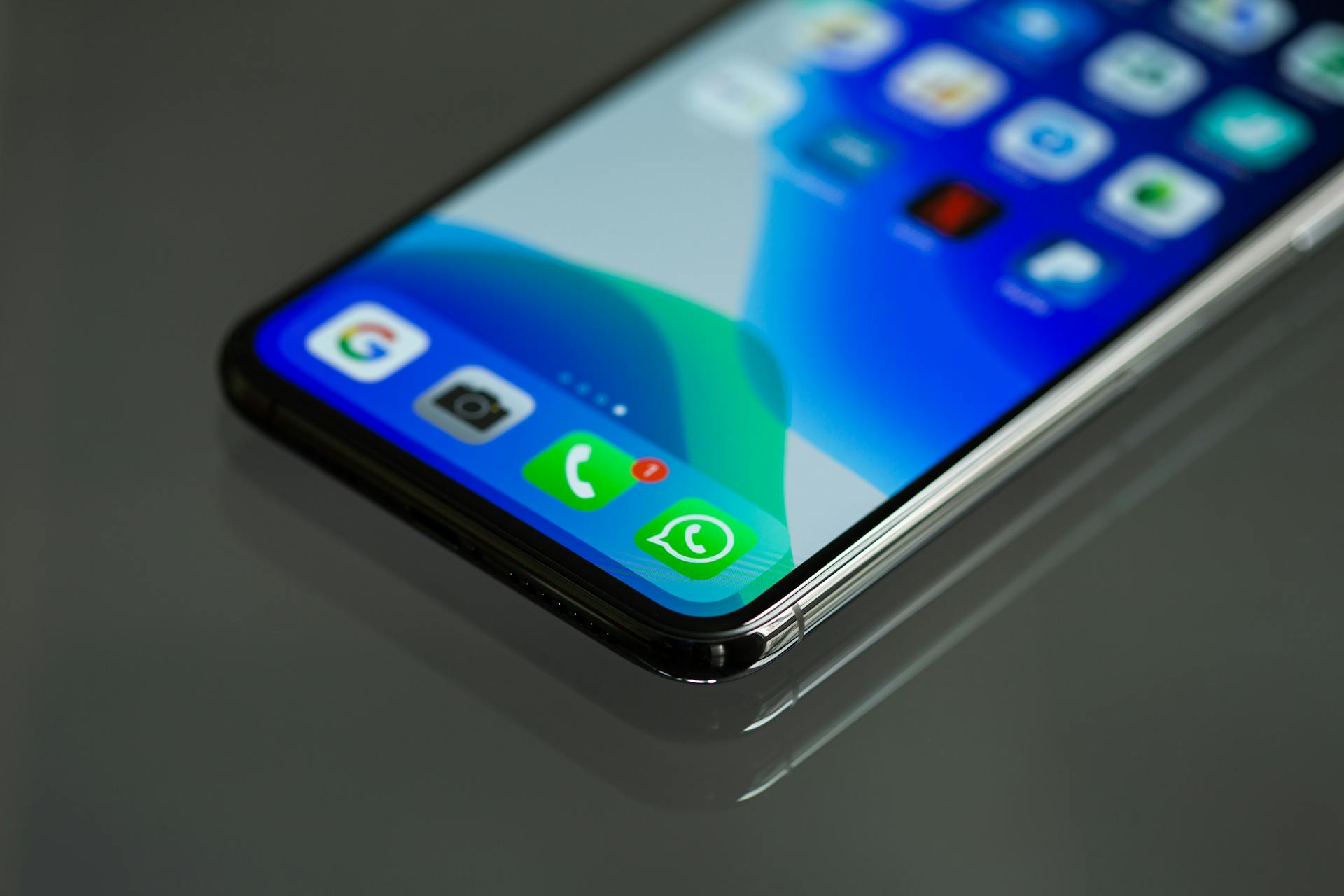
Did you know 84% of users ditch apps after just one use? The reason? A frustrating user experience (UX). In an app-saturated world, a seamless and intuitive UX is no longer a bonus, it's the key to success.
This blog post will delve into the importance of UX for mobile apps, explore various strategies for the improvement of customer experience apps, and equip you with actionable tips to create an app that users love.
What is Mobile App User Experience (UX) and Why is it Important?
Mobile app UX refers to the overall experience users have when interacting with your app. It encompasses everything from the initial onboarding process to the ease of use, functionality, visual design, and overall performance of the app. A positive UX makes using your app a smooth, enjoyable, and productive experience that meets users' needs and expectations.
Why UX is critical for an Improved Mobile App Customer Experience
Studies show that a whopping 90% of mobile app users uninstall an app within the first month, and a significant portion of those uninstalls are due to poor UX. A well-designed app with a positive UX is more likely to attract new users and keep them engaged in the long run.
In today's app stores, user ratings and reviews play a major role in influencing download decisions. A negative user experience can lead to poor ratings and reviews, which can deter potential users from even trying your app.
A positive UX can directly translate to increased revenue for your app. When users find your app easy and enjoyable to use, they are more likely to make in-app purchases, subscribe to premium features, or engage with monetization elements like advertising.

Understanding Your Users
Before you can start improving your app's UX, you need to understand your users. Here's why user research is crucial:
User surveys and interviews are valuable tools for gathering direct feedback from your target audience. You can use these methods to understand user needs, pain points, expectations, and behaviors.
Modern mobile app analytics tools provide a wealth of data about how users interact with your app. By analyzing this data, you can identify areas where users are struggling or dropping off, and use these insights to improve the user journey.
Once you have a good understanding of your users, you can create user personas – fictional representations of your ideal users that capture their demographics, goals, and behaviors. By keeping these user personas in mind throughout the design and development process, you can ensure that your app is tailored to meet their specific needs.
Designing for Usability
Usability is a core aspect of UX. Your app should be designed in a way that is easy to learn, use, and navigate, even for first-time users. Here are some key principles to follow:
Avoid overwhelming users with complex interfaces or too much information. Keep the design clean, uncluttered, and visually appealing. Use clear and concise language that is easy to understand.
Maintain consistency in your app's design throughout. This includes using the same fonts, colors, icons, and layout elements across all screens. Consistency helps users learn the app quickly and creates a sense of familiarity.
Make it easy for users to find what they're looking for. Use a clear and intuitive navigation structure that is consistent with user expectations. Common navigation patterns include tab bars, navigation drawers, and hamburger menus.
With the vast array of mobile devices available today, it's important to ensure your app looks and functions flawlessly on all screen sizes and operating systems. Test your app thoroughly on different devices to identify and address any compatibility issues.
Don't forget about accessibility! Make sure your app is usable by people with disabilities. This includes features like using alt text for images, providing good color contrast, and supporting assistive technologies like screen readers.
By following these design principles, you can create a mobile app that is user-friendly and enjoyable to use for everyone.

Enhancing User Engagement
Keeping users engaged with your app is essential for long-term success. Here are some strategies you can employ:
The Power of Personalization
Personalization is a powerful tool for enhancing user engagement. By tailoring the app experience to individual users, you can make them feel valued and more likely to keep coming back.
You can personalize the app experience in several ways:
Leverage user data such as location, browsing history, and past behavior to recommend relevant content, features, and products. For example, a news app could personalize the news feed based on a user's interests, while a shopping app could recommend products based on a user's past purchases.
Recommendation engines powered by machine learning can analyze user data and suggest content, products, or actions that users are likely to be interested in. This can significantly improve user engagement and discovery within your app.
Push notifications can be a powerful tool for keeping users engaged, but they need to be used strategically. Here's how:
- Sending timely and targeted notifications: Don't bombard users with irrelevant notifications. Instead, send notifications that are timely, relevant, and provide value to the user.
- Crafting compelling notification messages: Write clear, concise, and engaging notification messages that pique the user's interest and encourage them to tap on the notification to return to the app.
Gamification involves incorporating game-like elements such as points, badges, leaderboards, and challenges into your app. These elements can motivate users to interact with your app more frequently, complete tasks, and achieve goals.
A fitness app could award users points for completing workouts and badges for reaching milestones. A language learning app could use leaderboards to show users how they compare to other users.
Social features can create a sense of community and encourage users to interact with each other within your app. This can lead to increased user engagement and retention.
Examples of Social Features
An e-commerce app could allow users to share product reviews and recommendations with their friends. A fitness app could allow users to track each other's progress and compete in challenges.
Prioritizing Performance
A slow and unresponsive app is a major turnoff for users. Here's why app performance is crucial:
- Importance of App Speed and Responsiveness: Users expect mobile apps to load quickly and respond to their actions instantly. A slow mobile app experience can lead to frustration and abandonment.
- Optimizing App Performance for Different Devices and Network Conditions: Test your app on different devices with varying processing power and network connectivity. Optimize your app code and resources to ensure smooth performance even on slower devices or under weak network conditions.
Here are some tips for optimizing app performance:
- Regularly testing and monitoring app performance: Use performance profiling tools to identify bottlenecks in your app code and address them. Monitor app performance metrics such as load times, memory usage, and network usage to track improvements over time.
Ensuring Security and Reliability
Security and reliability are essential for building trust with your users. Here's how to ensure your app is secure and reliable:
- Protecting User Data and Privacy: Implement robust security measures to protect user data from unauthorized access. This includes encrypting sensitive data, using strong authentication mechanisms, and regularly patching security vulnerabilities.
- Preventing Bugs and Crashes: Thoroughly test your app during development and after each update to identify and fix bugs before they reach users.
- Providing Regular App Updates and Bug Fixes: Be proactive about releasing regular app updates that fix bugs, improve performance, and add new features.
Gathering User Feedback
User feedback is invaluable for identifying areas for improvement and ensuring your app continues to meet user needs. Here are some ways to gather user feedback:
Provide in-app surveys, polls, and feedback forms that allow users to easily share their thoughts and suggestions.
A/B testing allows you to compare different versions of your app interface or features to see which ones perform better with users. This can be a valuable way to gather data and make data-driven decisions about your app's design and functionality.
Encourage users to leave reviews and ratings on app stores. While negative reviews can be discouraging, they also provide valuable insights into areas where you can improve.
Don't just collect user feedback – act on it! Analyze user feedback and identify recurring themes and pain points. Prioritize addressing the most common issues and implement changes based on user suggestions.
Continuously Improving the UX
A great mobile app UX is not a one-time achievement – it's an ongoing process.
of iterating, testing, and refining based on user data and feedback. Here's how to maintain a focus on continuous improvement:
Embrace an iterative development approach where you release new features and updates incrementally. This allows you to gather user feedback quickly and make adjustments based on that feedback before moving on to the next development cycle.
Don't just rely on user feedback – use app analytics tools to gather data on how users are interacting with your app. Analyze user behavior data to identify patterns, trends, and areas where users might be struggling. This data can be incredibly valuable for identifying opportunities to improve the UX.
Here are some specific user data metrics you can track:
Track metrics such as app downloads, install rates, user engagement, and churn rate to understand how well you're acquiring and retaining users.
Analyze how users navigate your app, which features they use most often, and where they drop off in the user journey. This data can help you identify areas for improvement and streamline the user flow.
Track conversion rates for specific actions you want users to take within your app, such as making a purchase, subscribing to a service, or completing a task. This data can help you optimize your app for conversions and improve your bottom line.
Use the data you collect from user feedback and app analytics to make data-driven decisions about your app's UX. Don't rely on guesswork or intuition – use the data to identify what's working well and where you need to make improvements.
A/B testing allows you to compare different versions of your app interface or features to see which ones perform better with users. This is a powerful way to test new ideas and ensure you're implementing changes that improve the UX.
Conclusion
A well-designed mobile app with a positive UX can be a powerful tool for driving user engagement, retention, and revenue. By following these strategies, you can create a mobile app that users love and keep coming back to. Remember, UX is an ongoing journey, not a destination. By continuously gathering user feedback, analyzing data, and iterating on your design, you can ensure your app remains relevant, user-friendly, and successful in the ever-evolving mobile landscape.
Ready to start improving the user experience of your mobile app? Here are some actionable steps you can take today:
- Conduct user research to understand your target audience and their needs.
- Analyze user data to identify areas for improvement.
- Implement design best practices to create a user-friendly interface.
- Leverage user engagement strategies to keep users coming back for more.
- Prioritize app performance and reliability.
- Gather user feedback and iterate on your design based on that feedback.
By taking these steps, you can create a mobile app that not only looks good but also delivers a truly exceptional user experience. Contact the best mobile app development services company to improve the overall customer journey on your business app.


